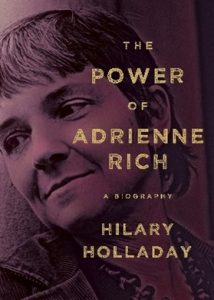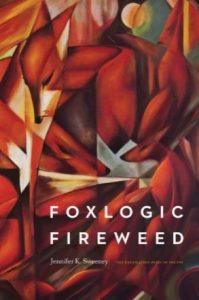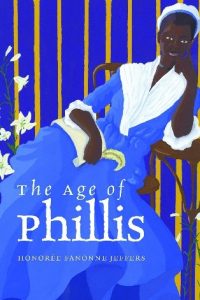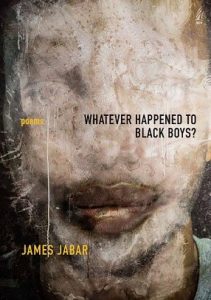Keep an eye out for these recent Cinema Studies acquisitions at the Literatures and Languages Library!
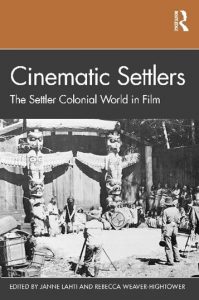
Cinematic settlers: the settler colonial world in film Edited by Janne Lahti
In this anthology, the contributing scholars explore examples of settler colonialism in film. Settler colonialism is a method of colonization that displaces the indigenous peoples of a colonized territory and replaces them with new settlers. Taking a broad international approach, scholars analyze specific films, study genres, and examine national trends in film making. This volume seeks to add to the study of settler colonialism by evaluating the ways film contributes to and validates settler narratives.
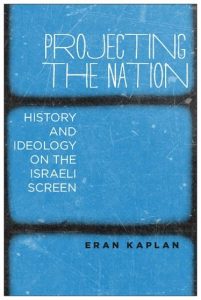
Projecting the nation: history and ideology on the Israeli screen by Eran Kaplan
This book tackles 70 years of Israeli cinema history. Kaplan analyzes films that cover “the Arab-Israeli conflict, the Ashkenazi-Mizrahi divide, the kibbutz and urban life, the rise of religion,” to examine the way film represents the life and culture of modern Israel. He also questions the ways these films have shaped our understanding of Israeli history.
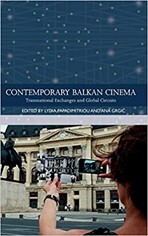
Contemporary Balkan Cinema: Transnational Exchanges and Global Circuits Edited by Lydia Papadimitriou and Ana Grgić
Looking at key subject characteristics and aesthetics of Balkan films, this book analyzes the impact of transnational links and the role of international film festivals in the production and distribution of films from this region. With each chapter focusing on a different region, scholars examine cross cultural exchange and the importance of Balkan Cinema.
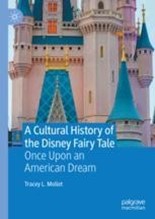
A Cultural History of the Disney Fairy Tale: Once Upon an American Dream by Tracey Louise Mollet
“In all of its fairy tales of the twentieth and twenty-first centuries, the Walt Disney studios works to sell its audiences the national myth of the United States at any one historical moment.” This book analyzes the shifting ethos of the Disney Fairy tale through time in order to meet changing national viewpoints and keep the utopian myth of the United States alive. Using Disney films and tv shows, Mollet investigates the links between Disney morality and the American Dream.
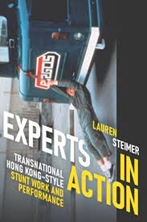
Experts in Action: Transnational Hong Kong–Style Stunt Work and Performance by Lauren Steimer
In this book Steimer explores the transnational influence and spread of Hong Kong film aesthetics, stunt work, and fighting styles. Analyzing the work of specific stunt people in film and tv, this book explores the mixing of artistic influences, genre, and localities, with Hong Kong style fight work.
Women in th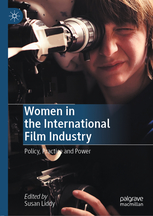 e International Film Industry: Policy, Practice and Power Edited by Susan Liddy
e International Film Industry: Policy, Practice and Power Edited by Susan Liddy
The topic of this series of essays from international scholars is gender-based discrimination in the film industry. Detailing the industry culture in seventeen different countries, these essays argue for an end to gender discrimination and more opportunities for women in film.


